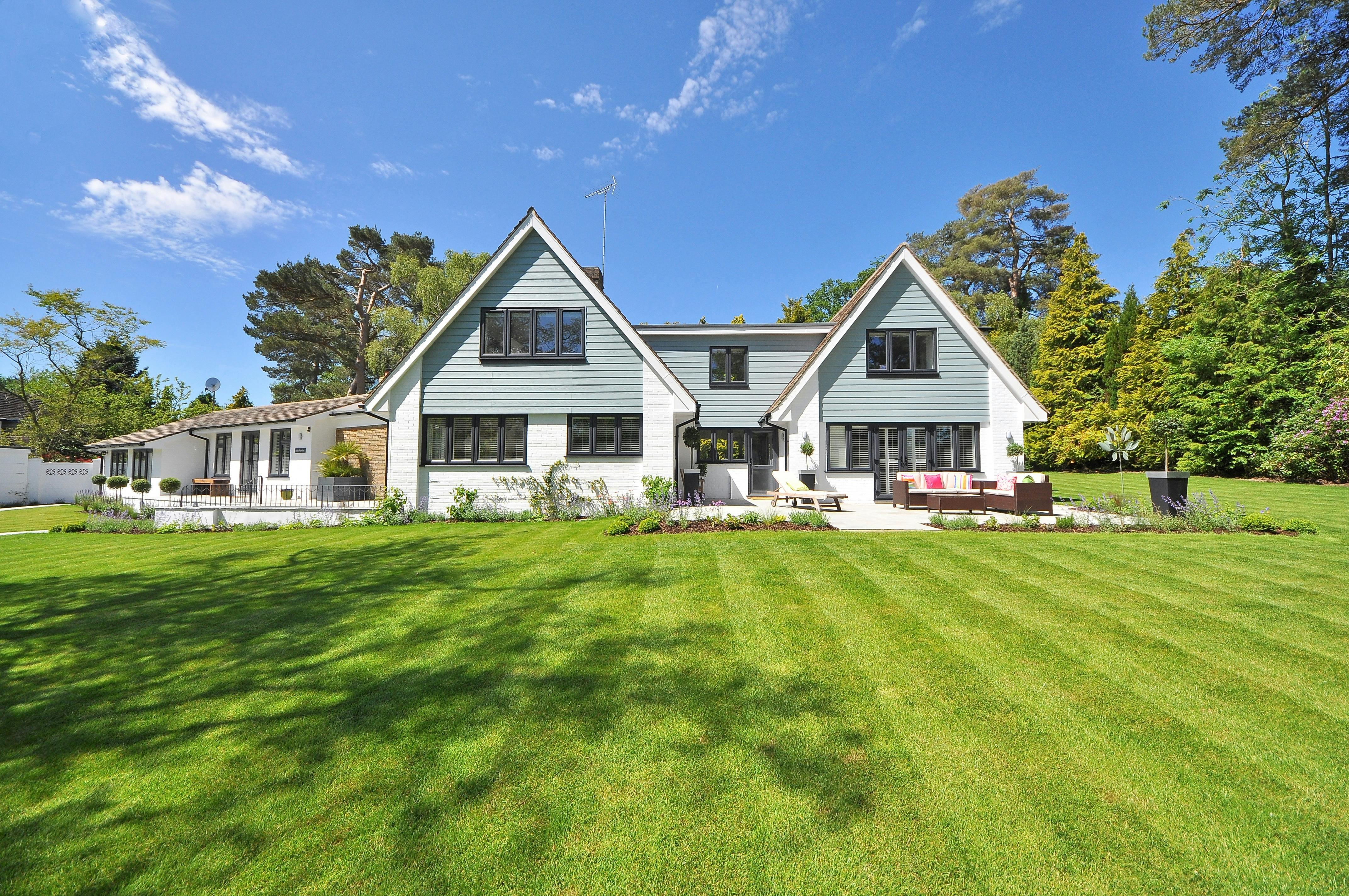Investing in real estate has always been a popular way to build wealth, and growing suburban areas are increasingly becoming attractive options for investors and homebuyers alike. With urban centers becoming crowded and property prices rising, suburban neighborhoods offer a balance of affordability, accessibility, and future growth potential.
Why Suburban Areas Are Gaining Popularity
Suburban areas are experiencing a resurgence due to several factors. Many families and professionals are seeking more space, greener surroundings, and quieter environments compared to busy city centers. The rise of remote work has also made suburban living more appealing, as people no longer need to commute daily to urban offices.
Additionally, suburban areas often provide better access to amenities like parks, schools, and shopping centers, which are essential for long-term property value growth. This combination of affordability and lifestyle benefits makes suburban real estate a smart choice for both investors and homeowners.
Key Factors Driving Suburban Growth
Several factors contribute to the growth of suburban areas, making them promising locations for real estate investment:
1. Infrastructure Development
Suburban growth is closely tied to infrastructure improvements. New roads, public transportation options, and utility expansions make these areas more accessible and convenient. Improved infrastructure often attracts businesses, schools, and healthcare facilities, further increasing the demand for housing.
2. Affordability
Compared to city centers, suburban properties are generally more affordable. This lower entry cost allows investors to purchase larger homes or multiple properties, increasing the potential for rental income and long-term appreciation. For first-time homebuyers, this affordability also makes suburban areas an attractive option.
3. Community Amenities
Modern suburban neighborhoods often feature community-focused amenities such as parks, recreational centers, walking trails, and shopping complexes. These amenities enhance the quality of life, attracting residents and contributing to rising property values over time.
4. Population Growth
Many suburban areas are experiencing population growth as people move away from crowded urban centers. This migration creates increased demand for housing, which can lead to higher property prices and rental income potential. Identifying suburbs with steady population growth is crucial for successful real estate investment.
Types of Real Estate Opportunities in Suburbs
Investors can explore various real estate opportunities in suburban areas, each offering unique benefits:
1. Residential Properties
Single-family homes, townhouses, and duplexes are popular choices in suburban neighborhoods. These properties appeal to families and long-term renters seeking stability and space. Residential properties in growing suburbs often provide consistent rental income and potential appreciation.
2. Rental Properties
Rental properties in suburban areas can generate steady income, especially in regions experiencing population growth. Investors can target families, young professionals, or retirees looking for a quieter living environment while still being close to urban amenities.
3. Mixed-Use Developments
Suburbs are increasingly accommodating mixed-use developments that combine residential, retail, and office spaces. These developments attract residents and businesses simultaneously, creating vibrant communities with strong investment potential.
4. Land Investment
Purchasing land in growing suburban areas can be a long-term strategy. As infrastructure develops and demand rises, undeveloped land may appreciate significantly, providing investors with substantial returns in the future.
Strategies for Investing in Suburban Real Estate
To maximize returns and minimize risk, investors should follow these strategies when exploring suburban real estate opportunities:
1. Research the Market
Before investing, study local market trends, property prices, and demographic data. Identify suburbs with strong economic growth, good schools, and planned infrastructure projects, as these factors indicate potential for property appreciation.
2. Focus on Accessibility
Properties with easy access to highways, public transportation, and essential services are more attractive to residents. Accessibility increases demand, which can lead to higher rental income and resale value.
3. Consider Long-Term Growth
Suburban real estate investments often require patience. Focus on areas with long-term growth potential rather than short-term trends. Properties in emerging suburbs can provide significant returns as the area develops over time.
4. Diversify Your Portfolio
Investing in different property types, neighborhoods, or even nearby cities can reduce risk and provide multiple income streams. Diversification allows investors to balance market fluctuations and capitalize on various growth opportunities.
Conclusion
Growing suburban areas present a wealth of real estate opportunities for both investors and homebuyers. With affordable properties, expanding infrastructure, and desirable lifestyles, these neighborhoods are becoming increasingly attractive. By conducting thorough research, focusing on accessibility, and planning for long-term growth, investors can make informed decisions and capitalize on the potential of suburban real estate.
Real estate in suburban areas is not just about buying property; it’s about investing in communities poised for growth. Whether you’re looking for steady rental income, long-term appreciation, or a family-friendly home, suburban neighborhoods offer a promising path toward achieving your real estate goals.
Important Links
Luxury Real Estate Market in Singapore Explained
Difference Between HDB and Condo in Singapore: A Complete Guide
Real Estate in Singapore: A Safe Haven for Lifestyle and Investment
The Future of Property Investment in Singapore
Real Estate in Singapore: A Global Property Magnet
Is It Risky to Buy Old Condo in Singapore for Investment
Is it better to rent HDB or condo in Singapore as an expat
Is co-living in Singapore actually cheaper than normal rentals
Is buying commercial property in Singapore too risky now



